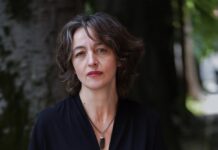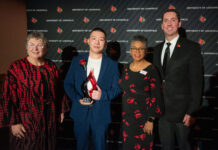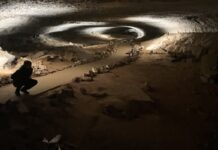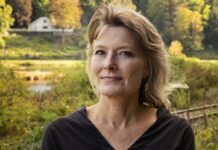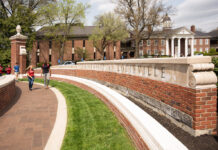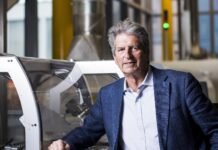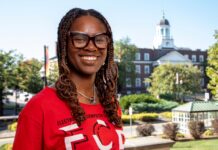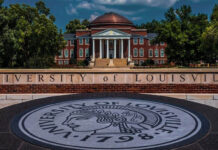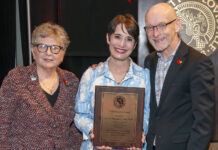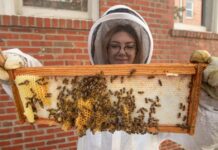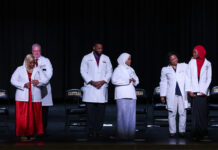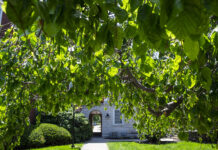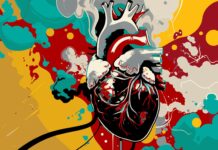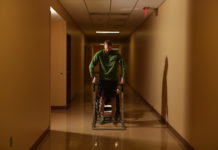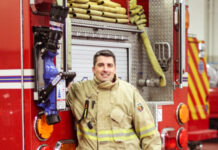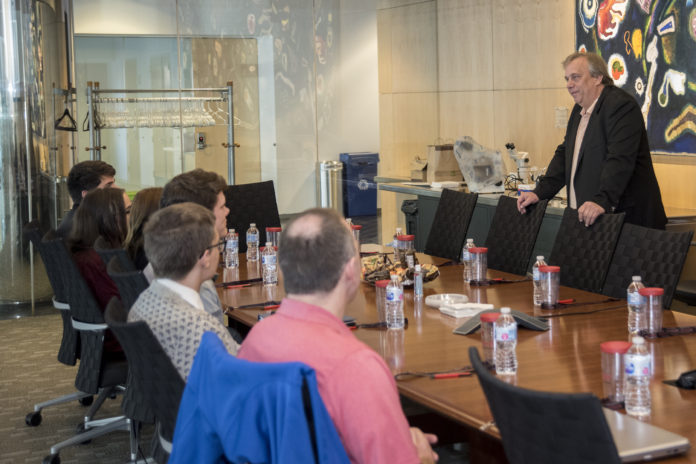
Researchers in the University of Louisville Department of Pharmacology and Toxicology spoke with Future Problem Solvers this week from two rural Kentucky high schools in hopes of prepping them for the district level academic competition.
Students from Adair County High School in Columbia, Kentucky, and Russel High School in Ashland, Kentucky, visited UofL’s Wise Laboratory of Environmental and Genetic Toxicology researchers. They toured labs and participated in a seminar on toxic materials – the topic for the district challenge of Future Problem Solving, a program of the Kentucky Association for Academic Competition that encourages critical thinking.
“Science unlocks the secrets of the universe and the keys to technology, including current ideas and those yet to be imagined,” said John Pierce Wise, Sr., PhD, professor of pharmacology and toxicology and University Scholar. “Engaging young people in science opens their hearts and minds to a whole new world of imagination, discovery and possibility, and starts them on a journey that will transform both their own lives and society as a whole.”
Tayler Croom-Perez, PhD, postdoctoral associate and Rachel Speer, MS, doctoral candidate, explained the work of the Wise lab, which embraces a “One” environmental health philosophy.
“The concept considers how human health, animal health and ecosystem health are intertwined and interdependent, such that there is only ‘one’ health,” Speer said.
Wise lab researchers study and compare human health with that of whales, alligators and sea turtles along with ecosystem changes. The goal, Speer says, is to better understand the impact on health, to discover novel adaptations in animals that may give insights into human health, and to use human health data in an effort to conserve wildlife and protect the ecosystem.
The toxicology investigators also study how environmental chemicals convert normal cells into tumor cells that cause cancer. In this work, scientists focus on structures inside cells called chromosomes, which contain the cell’s DNA. The researchers study how chemicals damage DNA and interfere with the ability of cells to repair that damage.



